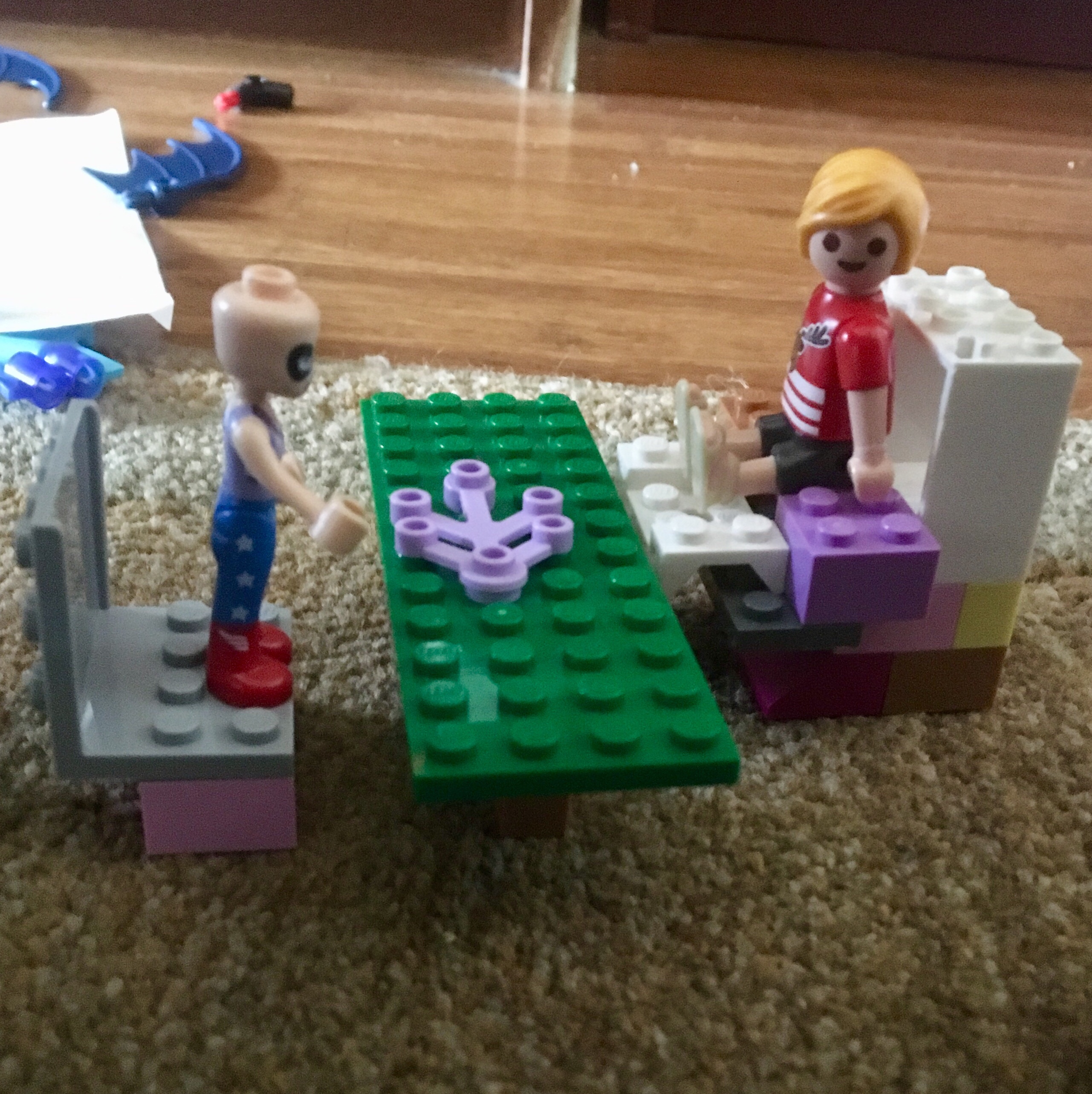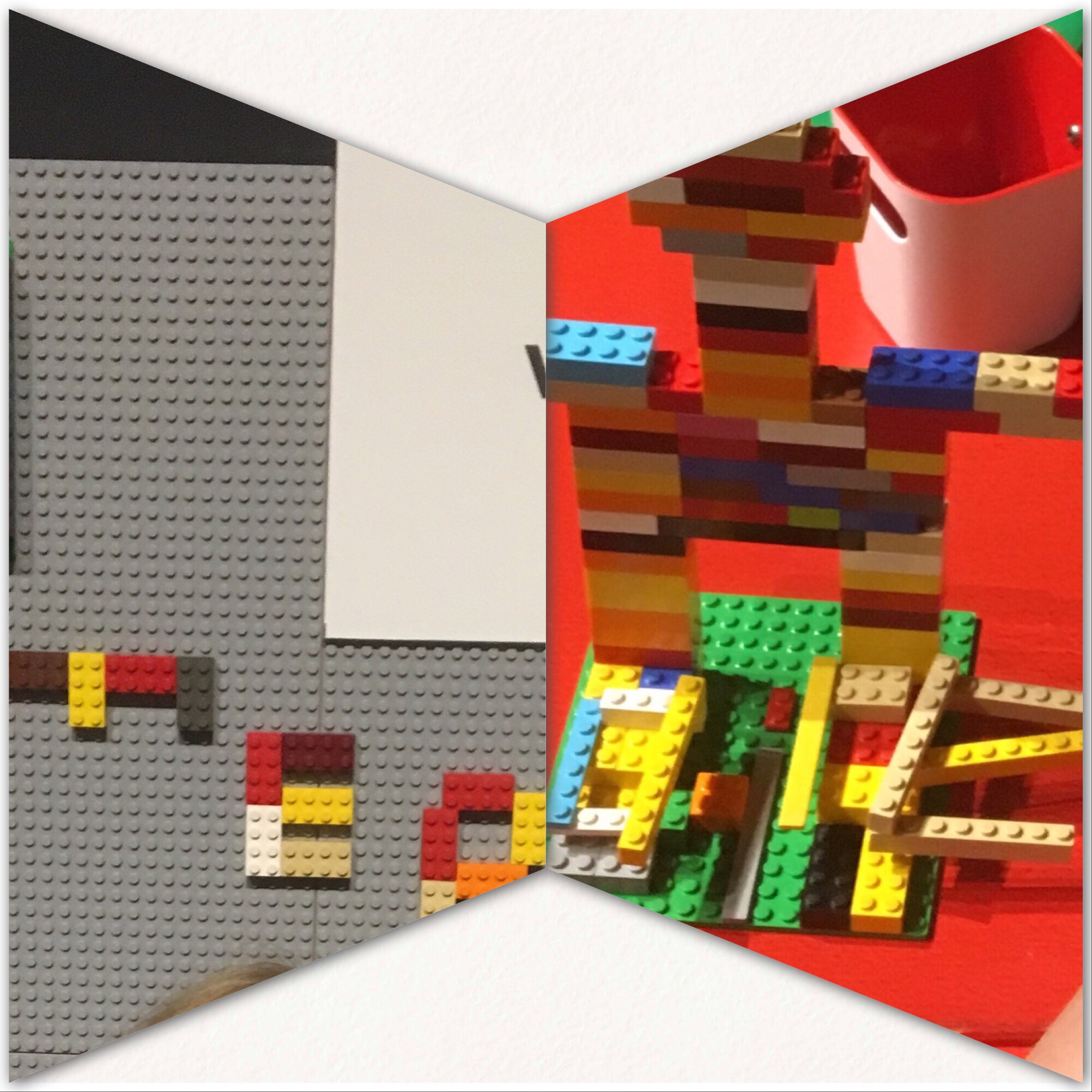Embed from Getty Images
Note: This post marks my first effort to address creativity as a topic, which I have long been interested in. I can remember checking Flow out of the library around the time it was originally published. Never content to take an orthodox route, I’ve started by reading socio-cultural perspectives on creativity, which are very different than the typical, psychological premises. I am more interested in dynamic, emergent and depersonalized approaches to creativity, which makes it much more difficult to write about because creativity is an emergent feature of a context and system rather than an attribute or a capability that individuals possess. I will strive to express myself more clearly as work with this material. — David
When you are ready to experiment with being more creative at work, consider Reijo Meittinen’s model of creative collaborative agency, which looks at creativity as a socio-cultural phenomenon that emerges as individuals and organizations interact rather than as an attribute some people possess and others don’t. You can read more about Meittinen’s work in “Creative Encounters, Collaborative Agency, and the Extraodinary Act of Meeting a Need with an Object” (Meittinen, 2014).
Miettinen offers a rich conceptual framework from creativity studies and the history of science and technology to explain how collaborative creative agency emerges. He bolsters his analysis with classic examples from the history of technology like the emergence of the steam engine in England, the development of transcontinental telephone, and two in-depth case studies from the development of medical diagnostic tests..
Miettinen’s model of collaborative creative agency is based on three ideas:
- Pay attention to areas of your current activity that are dissatisfying and consider what underlying contradictions may be causing the dissatisfaction.
- Find potential partners with relevant knowledge and experience related to the contradiction, explore your complementarity knowledge, resources and interests and discover shared motives.
- Launch a shared project, ideate solutions that addresses the contradiction together, work together to bring the product or service into being
Name what feels wrong in the current situation and face the“contradictions”
One of the hardest parts of change, at least in my experience, is setting a direction. What I appreciate about Meittinen’s model is his focus on contradictions in current activity.
Meittinen’s research is based in cultural historical activity theory (CHAT) and innovation studies so contradictions have a particular meanings. They:
- “evolve historically, … become recognized and defined only gradually” (p.161) …
- “a source of development” (p. 163) …
- “the driving force of development and learning in human activities” (p.163)….
- “between use value and exchange value” (p.163) …
- “contrasts between the means (instrumentalities) and the object of activity, constantly emerge” (p.163) …
- “explain change” (p.163) …
- “… compatible with breakdowns and disharmonies of practices” (p.163) ….
- “main source of technological change” (p.163)
Contradictions are dialectal, foundational, complex oppositions within practices. In one of the medical cases, for example, a diagnostic method was effective but required radioactive elements so the testing could only be performed in certified labs, and the process producd radioactive waste. Now that is what I call a contradiction. Look forthe reverse salient, “the weakest point in an expanding technological system” (p.163), and you will likely find the contradictions.
Unpacking and naming contradictions is challenging collaborative work, but is a key component of many design and change facilitation processes. For example, Kees Dorst’s frame innovation process include a step of naming and dealing with paradoxes within the current practice. Without unpacking the problem space and finding the internal contradictions, you risk engaging in superficial, rational technical problem solving.
Embrace “anticipatory directionality”
Meittinen offers Fogel’s concept of “anticipatory directionality” as a way to describe what it means to sense a possible direction to address fundamental contradictions in the present without being able to definitively describe it. Here are some of the ways that Meittinen explains anticipatory directionality, drawing on concepts from creativity and innovation studies:
- “A gradual recognition of a contradiction cannot be analyzed as rational decision making. Rather, it is expressed as what has been called anticipatory directionality (Fogel, 1993) and precedes the full articulation of an object of activity.” (p.161) …
- “A preliminary orientation looking for a solution” (p.162) …,
- “a nonspecific dissatisfaction with and concern about what is happening and a preliminary orientation of where to look for solutions”( (p.167) …
- “an extended “gestation period” during which the need for change is gradually recognized as the result of multiple coincidental events” (p.168) …
- “a bridge between the deepening contraction and and the full articulation of a new object” (p.171-172).
I am struck by the temporality of the concept, the incompleteness of perception of the present and future, the contingency of “multiple coincidental events”, and the intuitive, non-rational approach. This concept supports the entrepreneurship credo of “just start”, but Meittinen is careful to emphasize that collaborative, creative agency is rarely a short-term process. Most of the examples he discusses were years in the making. What I like about these ideas is that Meittinen goes beyond the generic advice of just starting by sharing examples that emphasize the value of research, evidence, intuition and curiosity.
Pursue “creative encounters” with people and organizations who share your interests
Most people participate in professional groups and organizations that interest them, but Meittinen argues that collective creative learning emerges from informal “creative encounters” between people and organizations who share relevant but complementary interests in a particular situation. For example, scientists interested in temperature-sensitive medical instrumentation met geoscientists with expertise in hotspring bacteria. Together, they engaged in research and collaboration to create a new category of instrumentation. These encounters can be serendipitous and can take time.
Meittinen’s chapter offers a persuasive argument for exploring at the boundaries of your interests or in a slightly different context that what you normally would. As he says in the conclusion:
“In addition to traditional spaces such as conferences, professional meetings, associations, and trade fairs—new types of spaces, such as regional meetings, may foster encounters between heterogeneous agents, user-producer seminars, and living labs.” (p.172)
In other words, hanging out within your network will not address a contradiction, you need to look for complementary knowledge in the logic sense – different but relevant.
Harness complementary knowledge and skills to create things that address the contradiction
Miettinen’s main point is that once collaborators identify a shared need, that need will drive shared action, and prompt them to work together on projects until they develop an object that successfully addressed the original contradiction. It is this shared action that defines learning.
Creativity beyond Psychology
Ultimately, psychological conceptions of creativity that privilege individual imagination and innovation obscure the possibility that individuals and organizations can cultivate creativity and innovation through interaction and collaboration. Through collaborative, motivated learning, coalitions or interested agents can create the conditions for positive change to emerge.
Just as Jay Hasbrouck has challenged researchers to convene stakeholders around research and innovation projects and Chris Le Dantec has proposed that designers must create publics around shared issues of concern, Meittinen shows that creativity is the outcome of social interactions and collaborations between individual and organizations.
Reference
Meittinen, R. (2013). Creative encounters, collaborative agency, and the extraordinary act of the meeting of a need and an object. In Learning and Collective Creativity: Activity-theoretical and sociocultural studies. Eds. Annalisa Sannino and Viv Ellis. Routledge: 158-176











